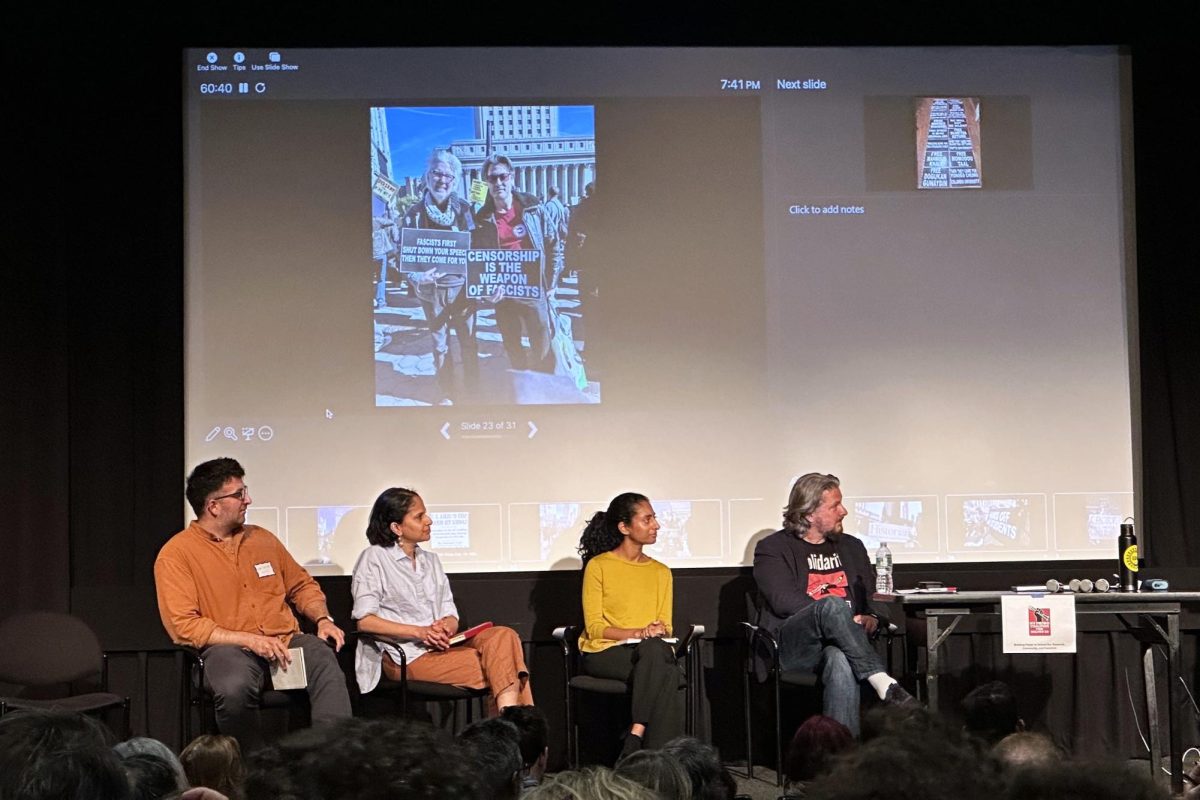Affordable housing policy must be reworked
March 24, 2015
“Subsidize our house, not the penthouse” chanted activists last month in front of One57, the second tallest residential tower in New York City, who were demanding the end of the city’s controversial tax break program. Officially known as 421-a Tax Incentive, this program is due to expire in June. According to a New York Times report published on Feb. 1, One57’s penthouse recently sold for a record-setting $100.5 million, and will receive a 95 percent cut in this year’s property tax bill. The program unfairly benefits the rich instead of helping to create affordable housing.
At face value, the 421-a Tax Incentive seems to be a costly way to spur affordable housing. City records show that about 150,000 apartments received 421-a tax exemptions in 2013, costing the city $1.06 billion in forgiven taxes. Yet according to theAssociation for Neighborhood and Housing Development, only 8.5 percent of those units were designated for low- and moderate-income tenants.
The 421-a Tax Incentive is just one example of the city’s inefficient affordable housing programs that facilitate gentrification, the process that pushes out the area’s original residents when wealthier households move in, changing the essential character of the neighborhood. Brookings Institution, a think tank based in Washington, D.C., points out that gentrification is a double-edged sword. It can be beneficial to a community as it increases the real estate value, incurs new commercial activities and promotes a
wider income mix in the neighborhood by attracting the wealthy. But as the desirability of the neighborhood improves, the increased competition for space drives up rents. Consequently, low-income households and local businesses that are not profitable enough to absorb higher rents are driven out of the marketplace.
So far, local communities have been affected most directly by misguided city policies that promote gentrification. A recent study from the Citizens Housing Planning Council shows that many New York City neighborhoods experienced a decrease in the economic and ethnic diversity between 2000 and 2010. The population of the regions where black, upper-middle income class families are in the majority shrunk by 19 percent. On the other hand, the population of the regions where white, single, high-income New Yorkers are in the majority has by grown by 44 percent — faster than any other regional groups.
With the 421-a program and the city’s rent stabilization laws set to expire this June, now is the time to devise effective policies that can actually provide better access to affordable housing as part of the city’s 2015 budget. These new, sustainable policies should support urban renewal projects that add value to a neighborhood while minimizing the displacement of low-income families and small businesses. Cutting taxes for luxury condos is not a sustainable way to promote the welfare of New Yorkers.
Opinions expressed on the editorial pages are not necessarily those of WSN, and our publication of opinions is not an endorsement of them.
A version of this article appeared in the Tuesday, March 24 print edition. Email Kenny Kyunghoon Lee at [email protected].

























































































































































